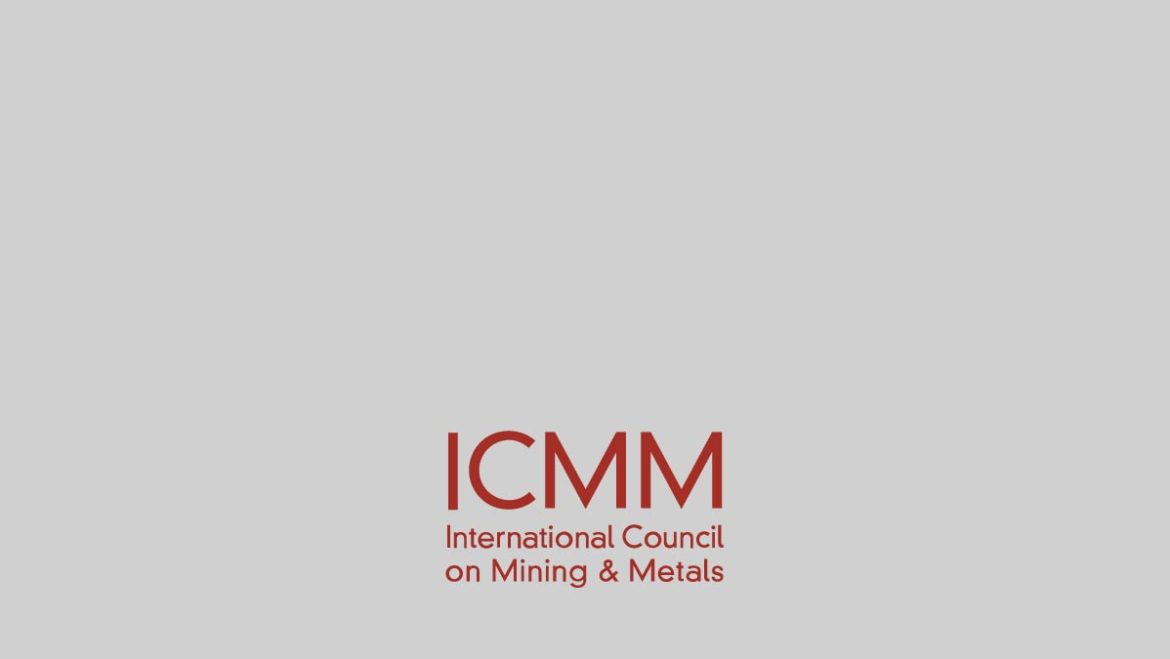Background
As a coal mine, your operations require sizeable volumes of water across the production cycle. However, the water quantity and quality requirements vary across the different facilities within the mine. As the mine is projected to expand in seven years’ time, the water requirements are projected to increase until two of the current mining sites are closed. The entire lifespan of the operations is 16 years, after which water requirements will drastically decrease, with only the rehabilitation staff remaining on-site.
Wastewater and waste treatment requirements are expected to follow a similar trend to that of water supply, with the exception being the post-closure management of wastewater. The mine has an on-site landfill, as well as a tailings dam, which often gets flooded during the high rainfall periods. High rainfall also results in flooded coal resources.
The mine has all the essential licences for its water and wastewater discharge requirements. However, the predicted expansion will require additional licences, and the local legislature requires licences to be renewed every five years.
The region has a high cost for basic services, and this is projected to increase steadily in the coming years. As the mine has an internal wastewater treatment facility, the costs of treating the water are internalized.
The region has also experienced high levels of social protest in recent months. The rural and informal urban communities do not have access to water and are dependent on the mine to provide basic services and employment opportunities.
Hypothetical activities
- To begin your assessment, you consult colleagues from across the mine’s operational sites in order to investigate the water requirements across the various facilities, and over the lifespan of the mine. With the aid of the mine’s recently updated operational plan, you are able to determine the approximate changes in water and wastewater requirements over the next five years.
- You discover that the administration and residential buildings require potable water, but the wastewater can be recycled and reused for other mine processes. This is because some mine processes (such as dust suppression) only require clean water (and not potable water), and this can be obtained from sources other than the municipal water network. Alternate sources available for the processing activities therefore include water emanating from the administrative and residential buildings, which can be recycled and reused.
- Through consultations with the finance department, who also review the cost forecasts from the water service provider, you discover that the cost of water is a huge concern for the mine. In addition, internal infrastructure (ie the wastewater treatment facility) has high maintenance and management costs.
- Through consultations with the legal department and water managers, as well as the social department, you discover that there are plans to increase water supply to local communities over the next two years. This has the potential to impact water allocation when you renew your licence in three years’ time. As the settlements are located downstream, you are also concerned about your discharge permit.
- This assessment has provided a clear picture of both current and future water requirements for the mine, as well as estimating the total cost of water and wastewater treatment across the life cycle of the mine.
Sources:
- Review internal mine operational plans and closure plans
- Consult with internal water resources and social departments
- Consult with other internal departments
- Review documentation from the water service provider
- Review local infrastructure and social development plans
- Consult with relevant institutions and regulating bodies
- Consult with existing mining operations

